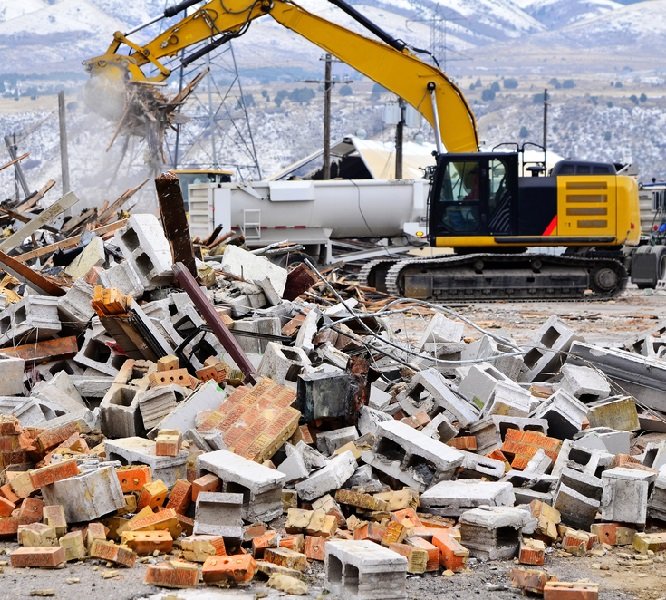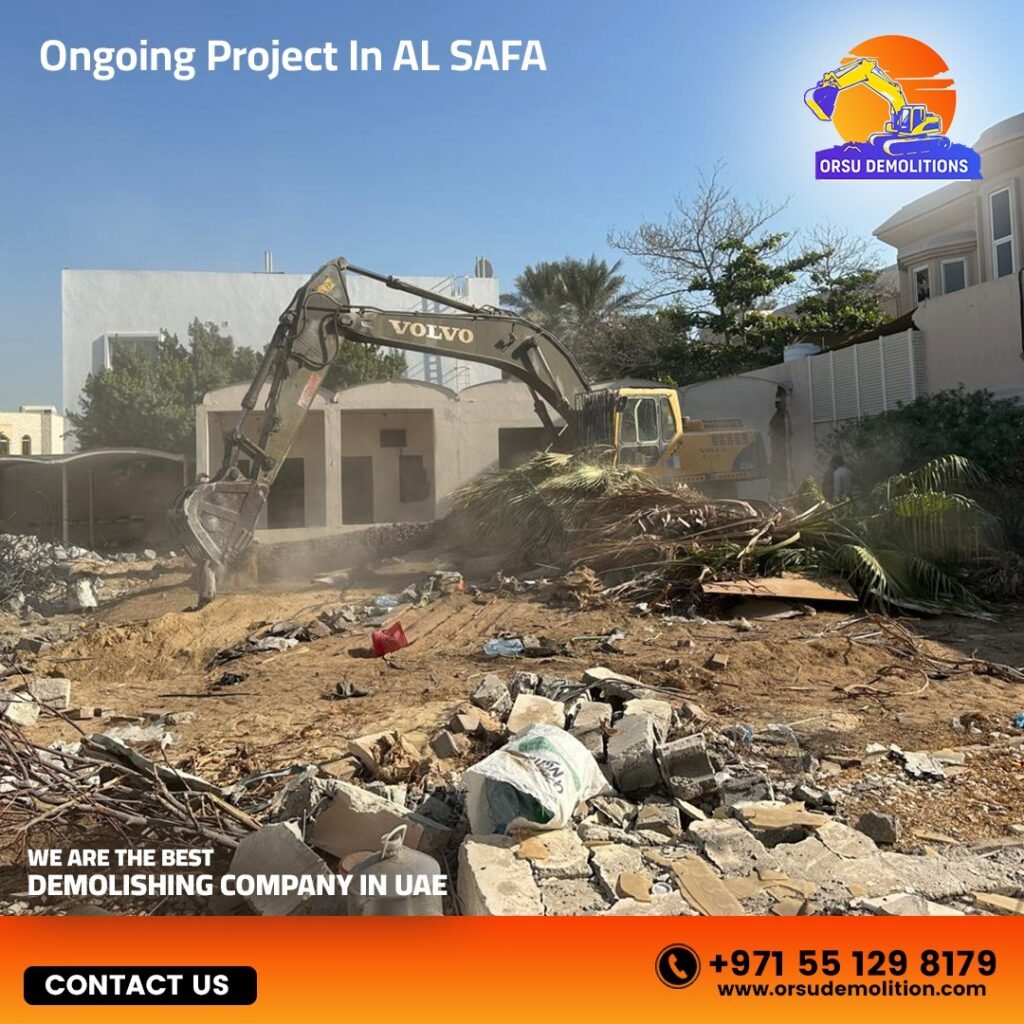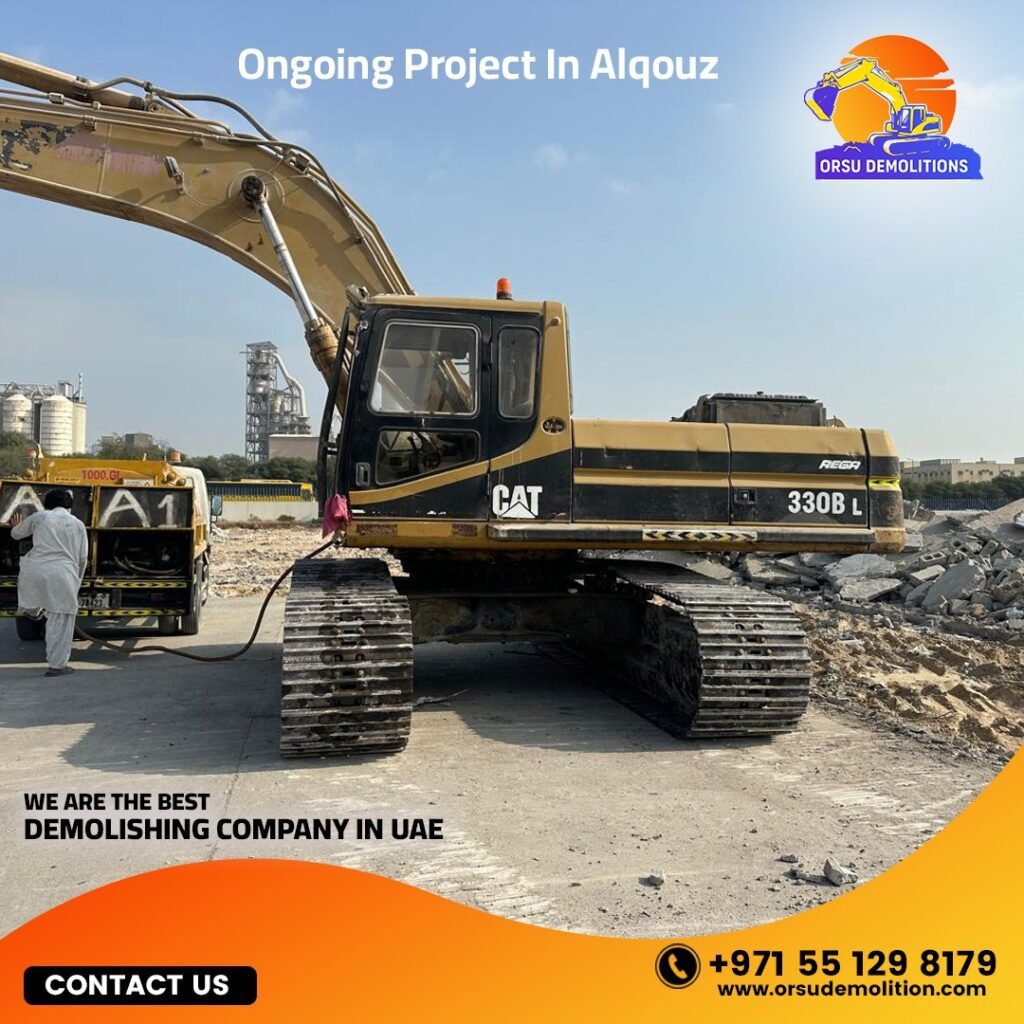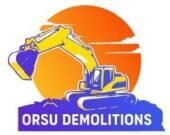In addition to providing top-notch waste management services, we also prioritize safety, health, and environmental sustainability. Our team of experts is trained to handle hazardous materials and waste, ensuring that they comply with all relevant safety and environmental regulations. We are committed to reducing the environmental impact of demolition waste, and we continually strive to improve our processes to achieve this goal.
By choosing Orsu Demolitions Company for your demolition waste management needs, you can rest assured that you are getting the best service in the UAE. We are dedicated to providing high-quality services that exceed our clients’ expectations, and we are committed to building long-term relationships based on trust and mutual respect.
In conclusion, if you want to ensure that your demolition waste is managed safely, efficiently, and sustainably, then Orsu Demolitions Company is the best choice for you. Our team of experts has the knowledge, experience, and equipment to handle all types of demolition waste, and we are committed to providing the best possible service to our clients. Contact us today to learn more about our services and how we can help you manage your demolition waste effectively.





